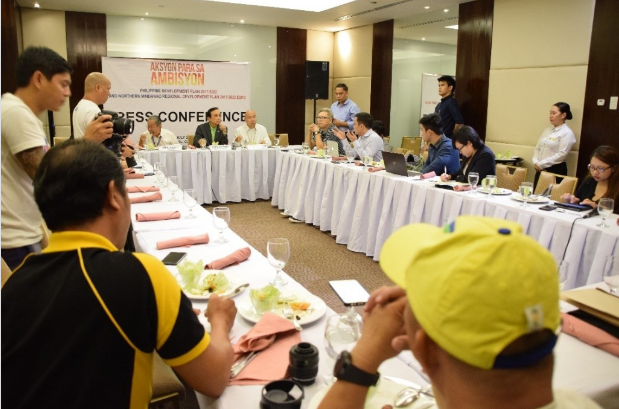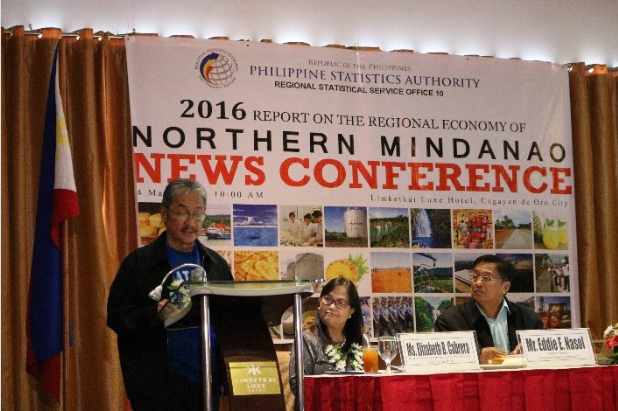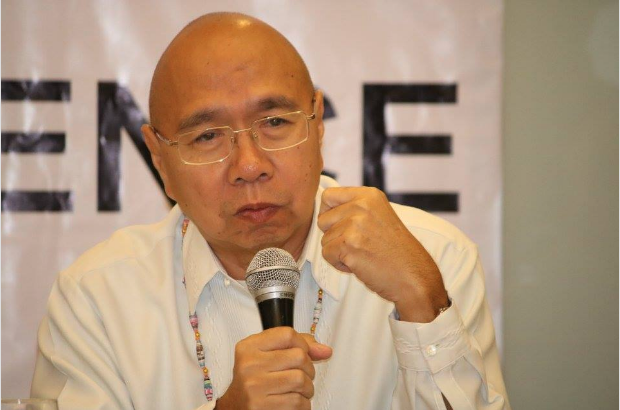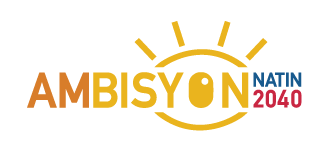Mike Banos (Kagay-an)
(Cagayan de Oro 25 July 2017) Last October 16, 2016, President Rodrigo Duterte signed Executive Order No. 5, series of 2016 (EO 5) approving and adopting the national long-term vision or AmBisyon Natin 2014 as a guide for development planning.
AmBisyon Natin 2040 is articulated this “By 2040, the Philippines is a prosperous middleclass society where no one is poor. People live long and healthy lives and are smart and
innovative. The country is a high-trust society where families thrive in vibrant, culturally diverse, an resilient communities.”
EO 5 further states that all development plans until 2040 will be anchored on the long-term vision and that these will emphasize the centrality of the Filipino people and call their
aspirations in the planning, design, and implementation of government intervention for a matatag, maginhawa, at panatag na buhay para sa lahat strongly-rooted, comfortable, and
secure life for all.)
In order to ensure all Filipinos are on the same page and pulling in the same direction to attain the vision embodied in the Philippine Development Plan (PDP) 2017-2022, the
National Economic and Development Authority (NEDA), and all the three main branches of government have put in guidelines and checklists to assist all and sundry tat objectives are being attained in the timelines set for them under the PDP.
“There is a chapter on results matrix in the PDP which will assist in the monitoring and evaluation of the various objectives of the PDP, performance of agencies, with the help of the results matrix. It is measurable, and deliverable,” said Socioeconomic Planning Secretary and NEDA Director General Ernesto M. Pernia at a press conference following the regional launch of the PDP and RDP last July 18 at a local hotel here.

In the same press conference, NEDA-10 Regional Director Leon M. Dacanay, Jr. elaborated further that results matrices for this particular planning period had been introduced as part of
the improvement in the process.
“The matrix talks about measurable targets, and there are indicator that are assigned to specific agency implementers later on will be reports coming from them given to us which
we convert into an annual socio-economic report, Dacanay said.

At the regional level, he said there are also quarterly regional situations by which improvement for certain types of indicator are monitored.
“We also have a mid-term review during which indicate certain chances necessary for certain implementation bottlenecks. This could mean restructuring of certain government programs and policies, if necessary. If there are legislative matters that are important, then we could refer them to Congress,” Dacanay added.
Staying on the same page
Pernia said he foresees the attainment of projected growth targets would be further boosted by the President’s issuance of Executive Order No. 27, last June 1, 2017, directing all government agencies, and instrumentalities at the national and local levels, including GOCCs, to align their plans, programs and budgets, with the PDP.
“This means that the national government and LGUs nee dot closely work together, towards common goals,” Pernia noted. “With all these plans and programs aligned, and efficiently
laid out, i am confident that Northern Mindanao will not only be the gateway, nut also a leader in regional development in the country.”
In addition to the results matrices and EO 27, there are two further recent developments at the national level which have been formulated as a response to closely monitor and ensure the
plan is implemented as presented of the president.
Department clustering
“One us the clustering of departments as a response to the need to accelerate some of the major programs,” noted Undersecretary Jose Miguel dela Rosa. “Another is the use of the Legislative-Executive Development Advisory Council (LEDAC) to be maximized to enable the Congress and the President to have smoother relations.’

The LEDAC is the consultative and advisory body to the President which acts as head if the national economic and planning agency, and gives consultations regarding certain programs and policies that are needed to meet the goals of the national economy.
“Economic growth is affected by a lot of external and internal factors,” Pernia cautioned. “Assuming that factors and circumstances are favorable, we are optimistic that we can
achieve our objectives.”
“Let us work together to make sure that the socio-economic progress of each regional, can seamlessly contribute to a vibrant and self-sustaining, inclusive development of the country. Then and only then can the Filipino have a matatag, maginhawa, at panatag na buhay.”
